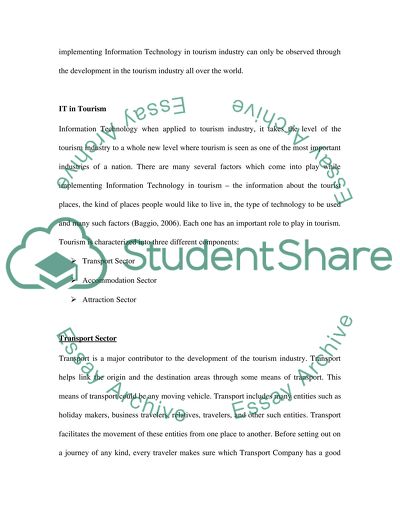Cite this document
(“Tourism system Essay Example | Topics and Well Written Essays - 2000 words”, n.d.)
Retrieved from https://studentshare.org/miscellaneous/1509115-tourism-system
Retrieved from https://studentshare.org/miscellaneous/1509115-tourism-system
(Tourism System Essay Example | Topics and Well Written Essays - 2000 Words)
https://studentshare.org/miscellaneous/1509115-tourism-system.
https://studentshare.org/miscellaneous/1509115-tourism-system.
“Tourism System Essay Example | Topics and Well Written Essays - 2000 Words”, n.d. https://studentshare.org/miscellaneous/1509115-tourism-system.


